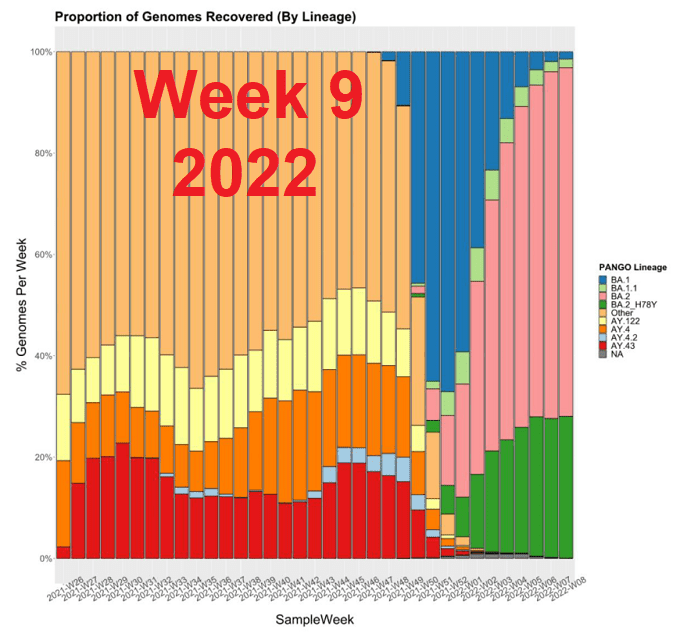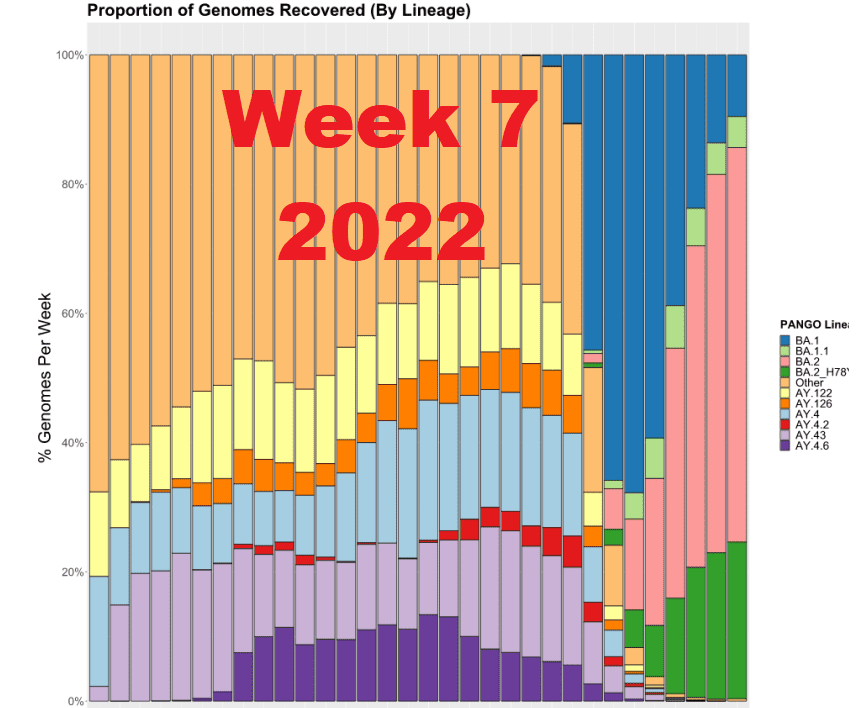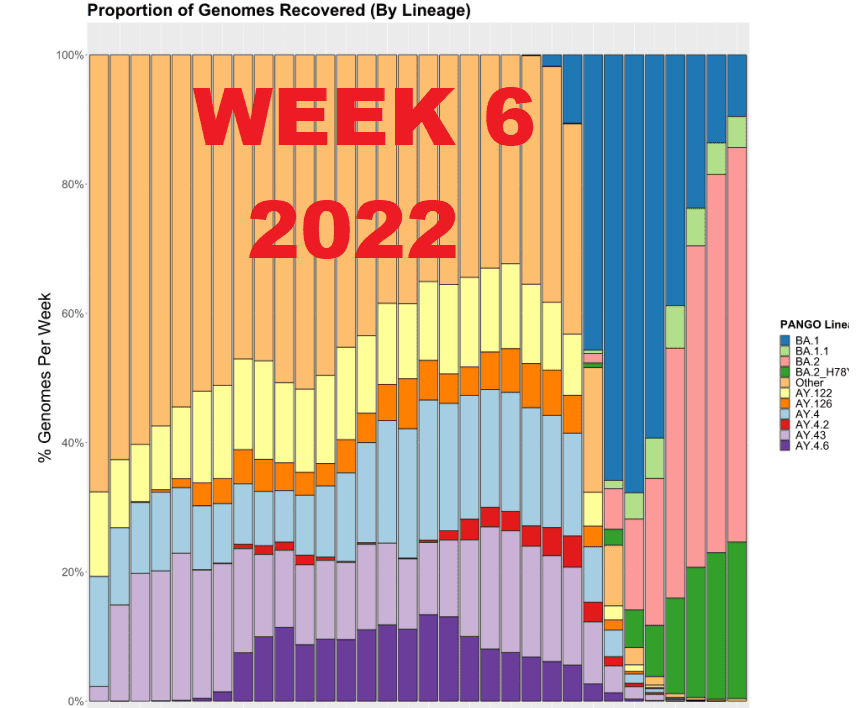
Danish study: Protection against coronavirus reinfection is just 80·5%, and less than 50% for those 65yrs+.
Protection against repeat infection was 80·5%. Among those aged 65 years and older, observed protection against repeat infection was 47·1%.
“During the first surge (ie, before June, 2020), 533 381 people were tested, of whom 11 727 (2·20%) were PCR positive, and 525 339 were eligible for follow-up in the second surge, of whom 11 068 (2·11%) had tested positive during the first surge. Among eligible PCR-positive individuals from the first surge of the epidemic, 72 (0·65% [95% CI 0·51–0·82]) tested positive again during the second surge compared with 16 819 (3·27% [3·22–3·32]) of 514 271 who tested negative during the first surge (adjusted RR 0·195 [95% CI 0·155–0·246]). Protection against repeat infection was 80·5% (95% CI 75·4–84·5). The alternative cohort analysis gave similar estimates (adjusted RR 0·212 [0·179–0·251], estimated protection 78·8% [74·9–82·1]). In the alternative cohort analysis, among those aged 65 years and older, observed protection against repeat infection was 47·1% (95% CI 24·7–62·8). We found no difference in estimated protection against repeat infection by sex (male 78·4% [72·1–83·2] vs female 79·1% [73·9–83·3]) or evidence of waning protection over time (3–6 months of follow-up 79·3% [74·4–83·3] vs ≥7 months of follow-up 77·7% [70·9–82·9]).”
Image by StockSnap from Pixabay





